Bright And Early, Good To Visit Centennial Farms (Page Two)

We got there about 9:15am and parked right in front of the main gate... Saturday mornings are good!

No one here... Life is good
Did You Know? - Centennial Farm is a four-acre demonstration farm at the OC Fair & Event Center. Created to educate about Orange County's agricultural heritage, the Farm is home to fruit and vegetable gardens, livestock, and Millennium Barn. Children and adults can view pigs, peacocks, cows, and more while strolling through gardens of lush vegetation.

This little fella was a honker
Did You Know? - Domestic geese have been used for centuries as watch animals and guards, and are among the most aggressive of all poultry.

I cannot fly and that makes me mad!
Did You Know? - The domestication, as Charles Darwin remarks (The Variation of Animals and Plants under Domestication i. 287), is of very ancient date, with archaeological evidence for domesticated geese in Egypt more than 4,000 years ago.[2]
They are much larger, and they have been selected for that larger size, with domesticated breeds weighing up to 10 kilograms (22 lb), compared to the maximum of 3.5 kilograms (7.7 lb) for the wild Swan Goose and 4.1 kilograms (9.0 lb) for the wild Greylag Goose.
This affects their body structure; whereas wild geese have a horizontal posture and slim rear end, domesticated geese lay down large fat deposits toward the tail end, giving a fat rear and forcing the bird into a more upright posture. This also completely prevents flight, though geese will run and flap their wings when startled, and may get a foot or so in the air momentarily.
Say What? Watusi??

Amazing
Did You Know? - Watusi first arrived in America in the 1960s when Walter Schultz imported two bulls from Scandinavia and a female from Europe. Thanks to the efforts of private breeders, zoos, and associations, this animal is no longer endangered.

"Yes... I am very horney!!" The Ankole-Watusi is a breed of cattle originally native to Africa. Its large, distinctive horns, that can reach up to 8 feet (2.4 m) from tip to tip, are used for defense. Ankole-Watusis weigh from 900 to 1,600 pounds (410 to 730 kg).

Breakfast is served
The Adventure Continues

Nice with few people getting up so early

Inside the hatchery

"Hey... watch it... I am changing my fur"


The babies are just days old

Snuggle time

I am old...
Did You Know? - Neolithic farmers began to herd wild goats for easy access to milk and meat, primarily, as well as for their dung, which was used as fuel, and their bones, hair, and sinew for clothing, building, and tools. The earliest remnants of domesticated goats date back10,000 years.

These little guys are three days old

Duroc?
Did You Know? - Duroc pig is an older breed of American domestic pig that forms the basis for many mixed-breed commercial hogs. Duroc pigs are red, large-framed, medium length, and muscular, with partially drooping ears, and tend to be one of the least aggressive of all the swine breeds. They also have an excellent rate of gain.
The breed originated in America, one of several red pig strains which developed around 1800 in New England. It is said to have been named after a famous thoroughbred stallion of the day. The modern Duroc originated circa 1830 from crosses of the Jersey Red and New York's older Duroc. The breed started being used as show hogs around the 1950s. Durocs are used predominantly as sires (boars), and are appreciated for their hardiness and quick but thorough muscle growth.

A face only a mother could love
Did You Know? - With around 1 billion individuals alive at any time, the domesticated pig is one of the most numerous large mammals on the planet.

I am pretty... I am pretty
Let See The Veggies On Our Way To Breakfast!

The onions are ready
Did You Know? - The onion is believed to have originated in Asia, though it is likely that onions may have been growing wild on every continent. Dating back to 3500 BC, onions were one of the few foods that did not spoil during the winter months. Our ancestors must have recognized the vegetable's durability and began growing onions for food.
The onion became more than just food after arriving in Egypt.
The ancient Egyptians worshipped the onion, believing that its spherical shape and concentric rings symbolized eternity. Of all the vegetables that had their images created from precious metals by Egyptian artists, only the onion was made out of gold.
Today, onions are used in a variety of dishes and rank sixth among the world's leading vegetable crops.

Asparagus is in blossom
Did You Know? - There is debate about whether all (or only some) people produce the smell, and whether all (or only some) people identify the smell. It was originally thought this was because some of the population digested asparagus differently from others, so some people excreted odorous urine after eating asparagus, and others did not.
In the 1980s three studies from France,[38] China and Israel published results showing that producing odorous urine from asparagus was a common human characteristic. The Israeli study found that from their 307 subjects all of those who could smell 'asparagus urine' could detect it in the urine of anyone who had eaten asparagus, even if the person who produced it could not detect it himself.
However, a 2010 study found variations in both production of odorous urine and the ability to detect the odor, but that these were not tightly related. It is believed most people produce the odorous compounds after eating asparagus, but only about 22% of the population have the autosomal genes required to smell them.

Swiss Chard... Great to eat!

The corn was doing amazingly well

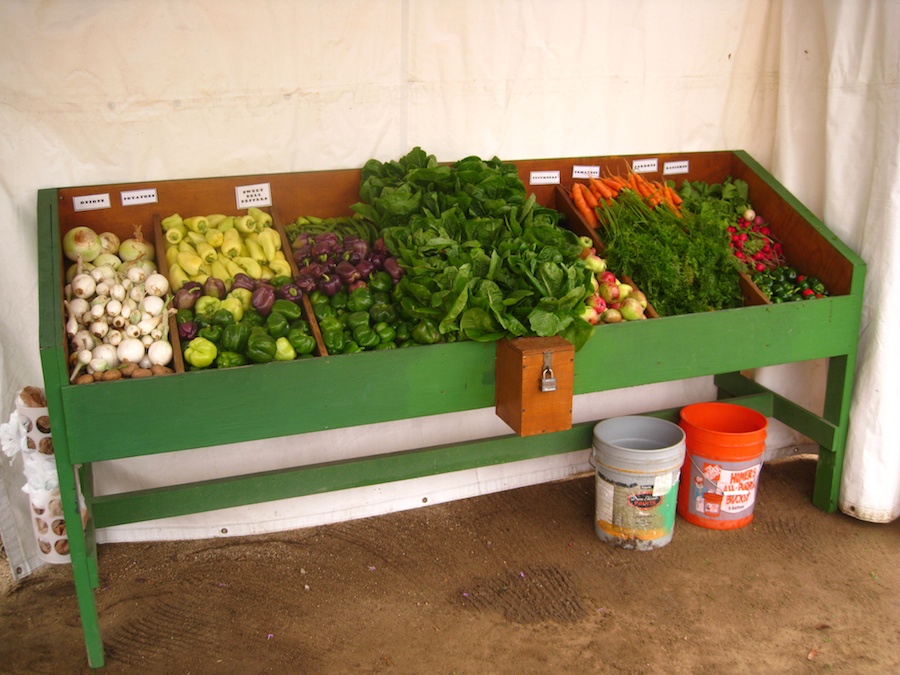
On display
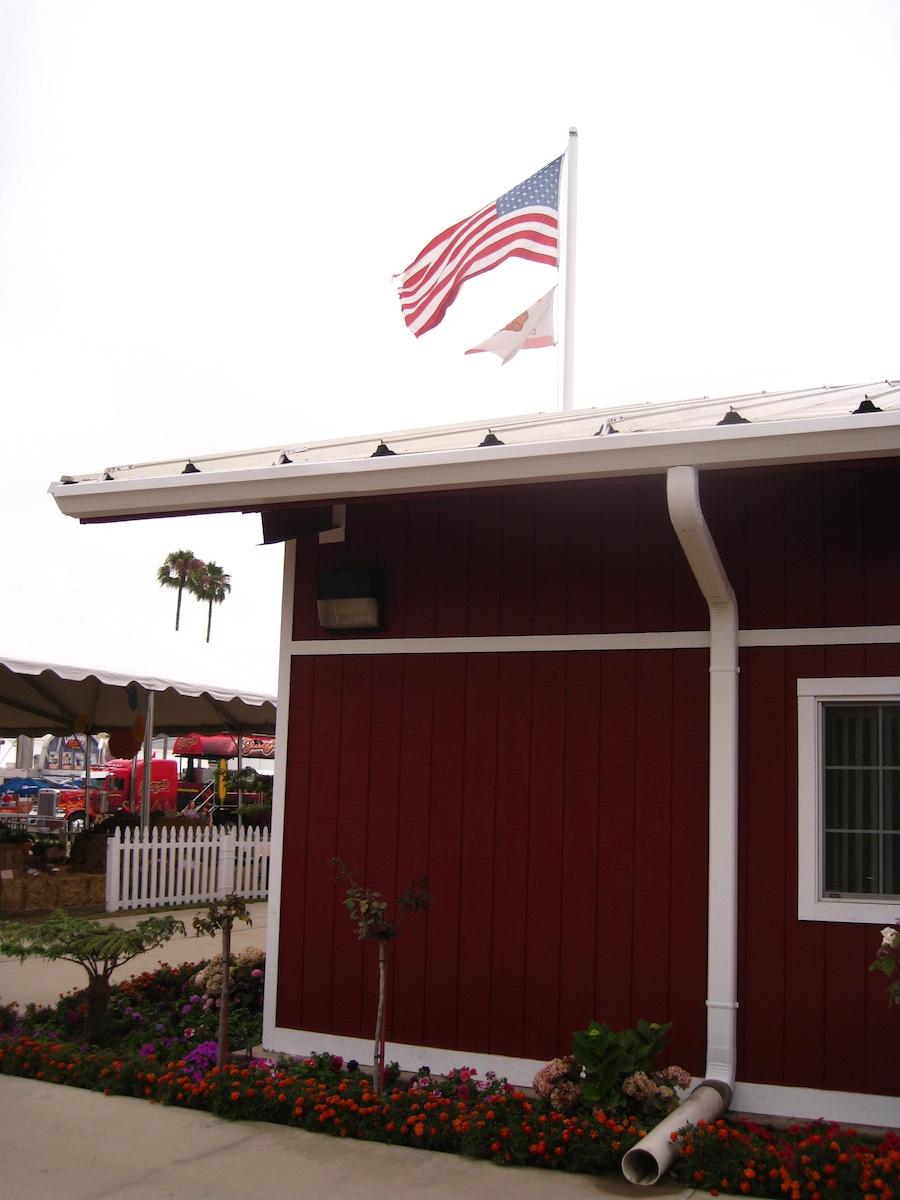
Gloomy but warm day...
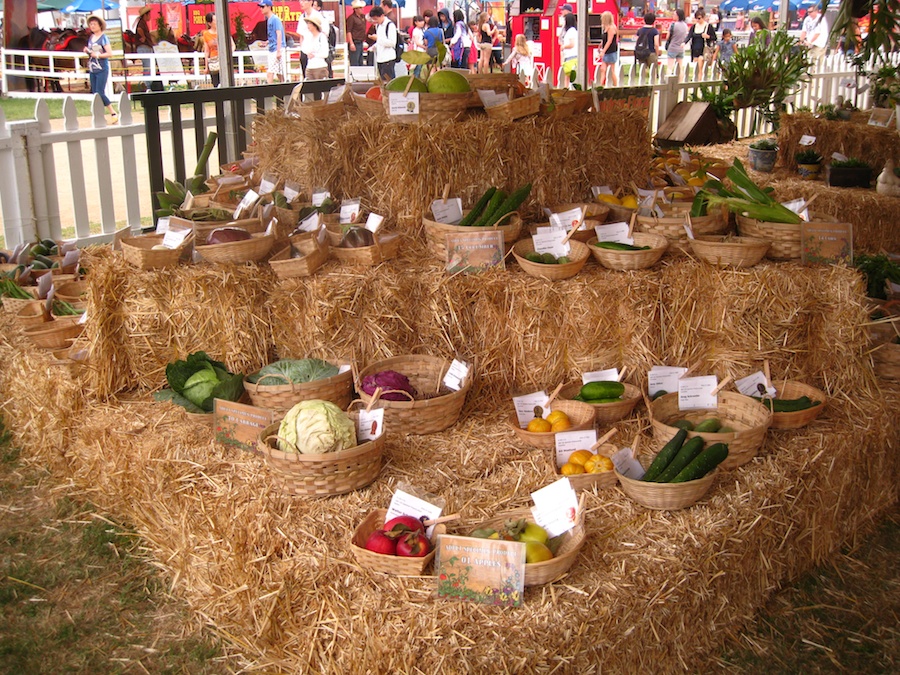
Largest, oddest collection of veggies and fruits
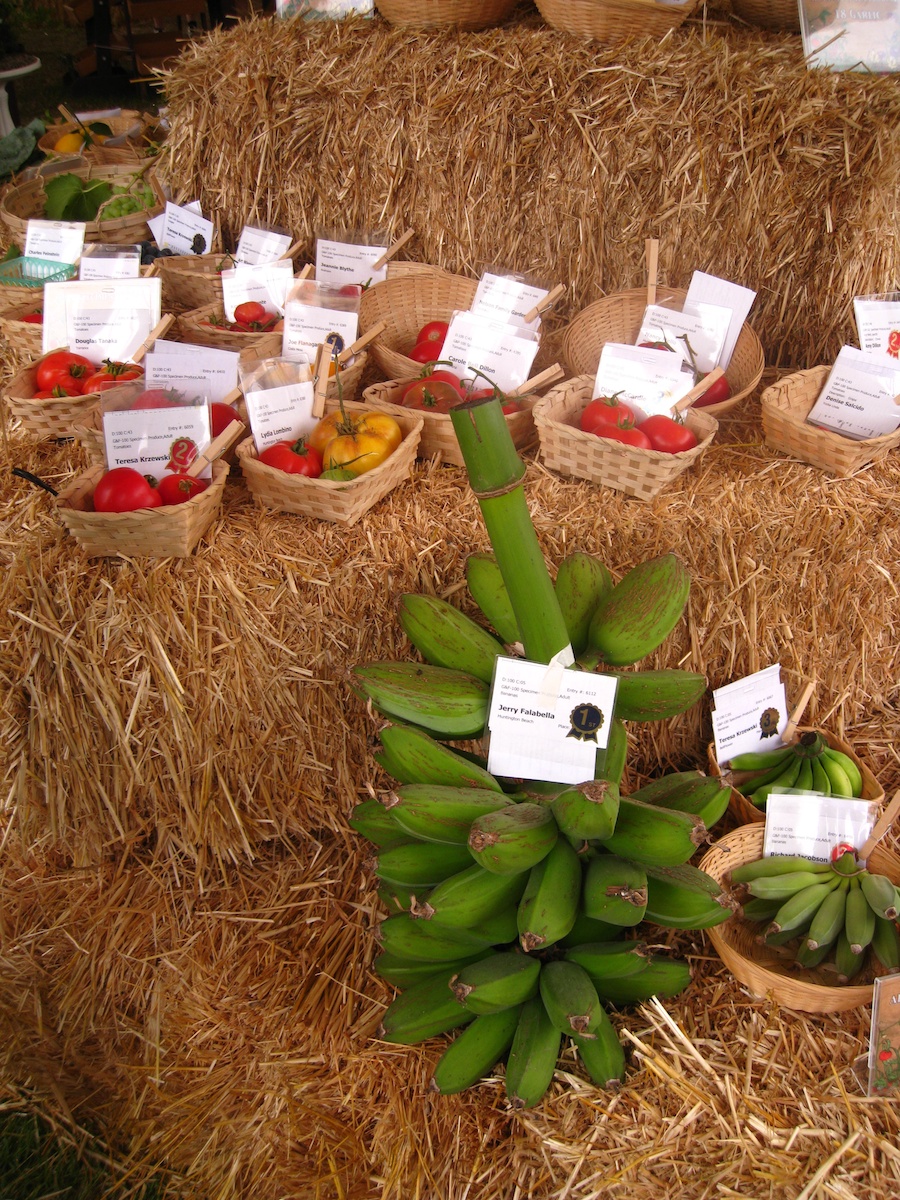
Local bananas

Magnificent looking onions
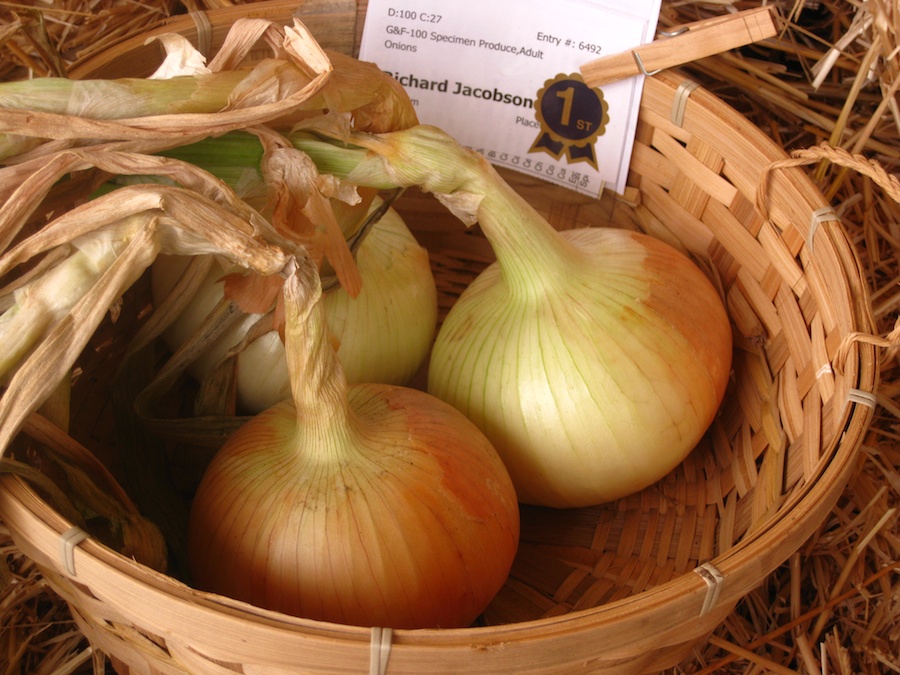

Potatoes and squash

Lookout mouth....


Amazing variety of cucumbers
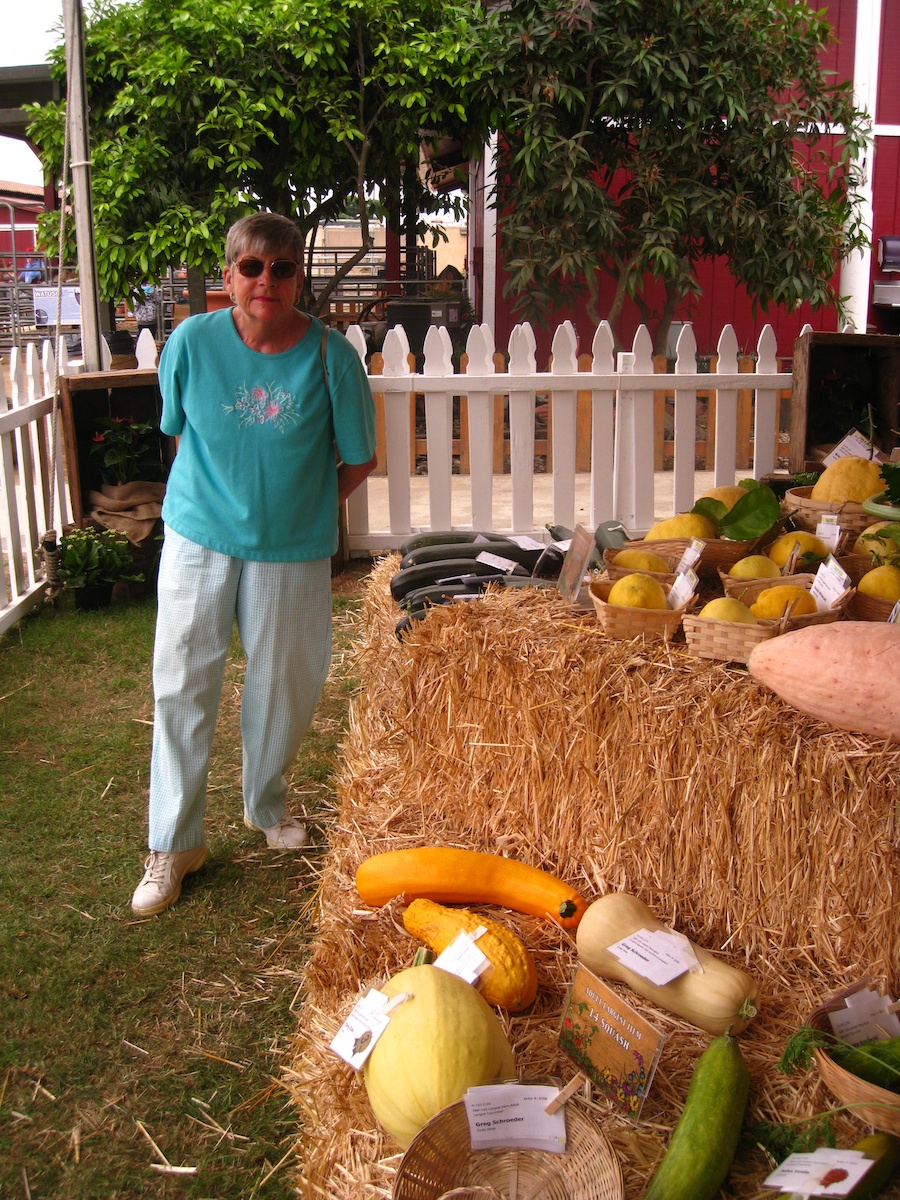
We enjoy a leisurely walk through the collections


This is a grapefruit??s
Did You Know? - The hybrid fruit, then called "the forbidden fruit", was first documented in 1750 by a Welshman, Rev. Griffith Hughes, who described specimens from Barbados in The Natural History of Barbados. Currently, the grapefruit is said to be one of the "Seven Wonders of Barbados."
The grapefruit was brought to Florida by Count Odette Philippe in 1823 in what is now known as Safety Harbour. Further crosses have produced the tangelo (1905), the Minneola tangelo (1931), and the oroblanco (1984).

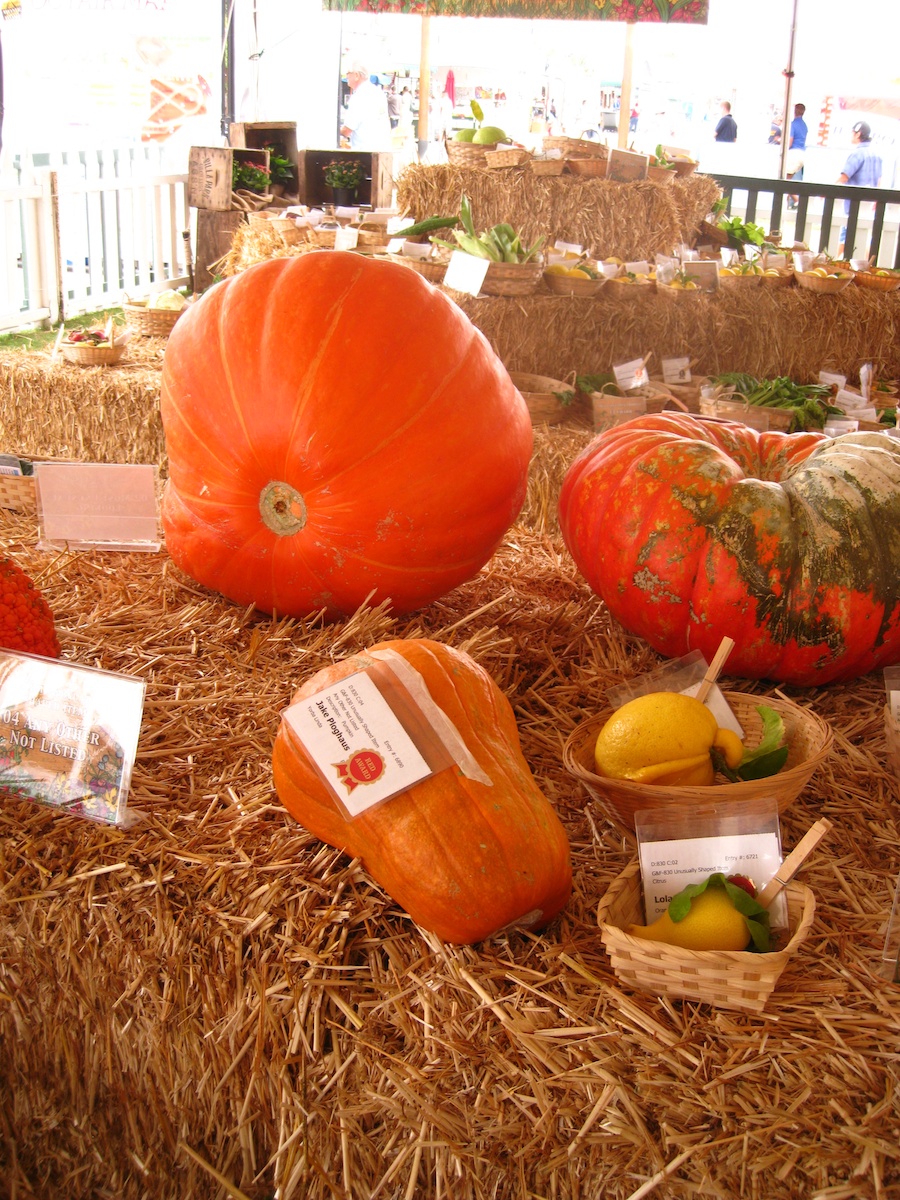
This tomato was huge

We are going to go from the left most to the right most via the aerial tramway


The stands are all set up and ready for the crowds